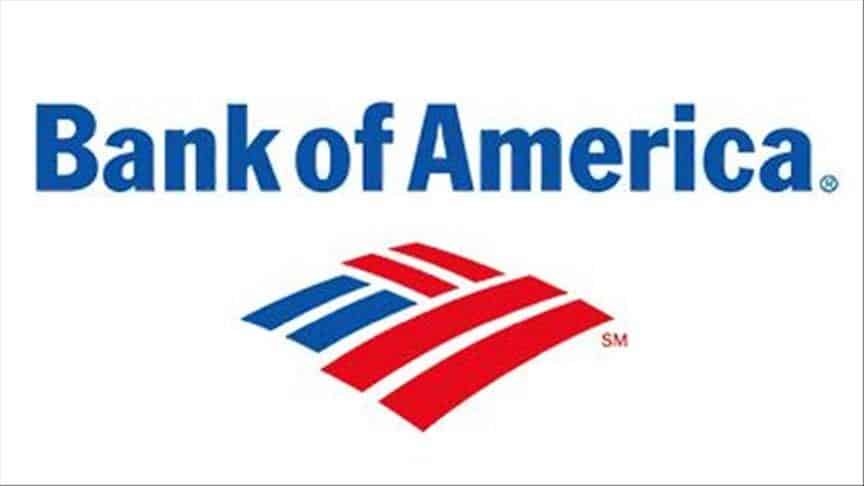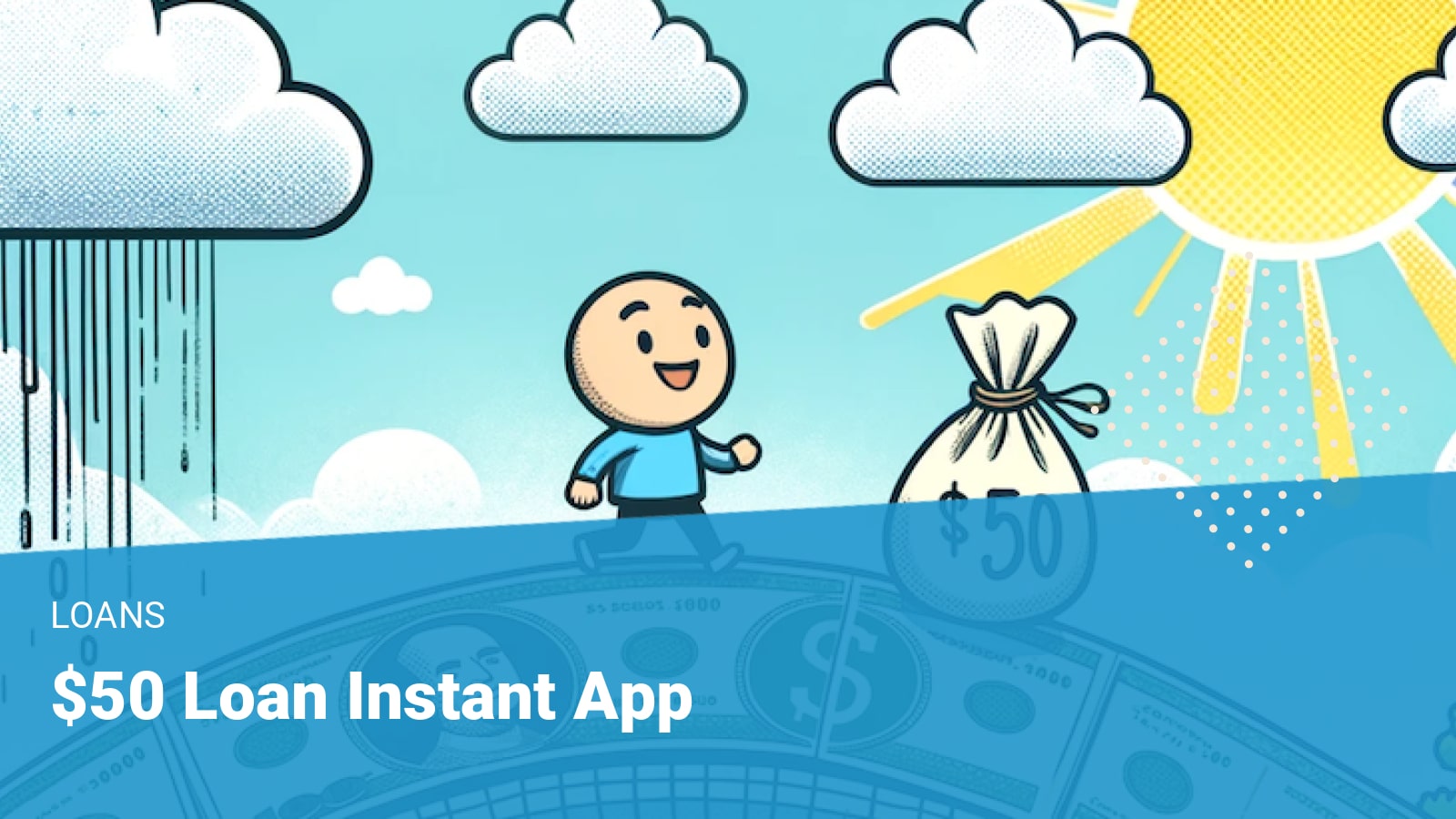Cash-Out Refinance vs HELOC
- January 19, 2024
- 9 min read
-
280 reads
Getting access to your home’s equity could be a cost-effective method to achieve your dreams, whether you need money to pay off debt, fund a home improvement, or a life event.
It’s difficult, however, to understand where to begin when there are so many loans and refinance options available.
To help you decide which option is best, we’ll discuss cash-out refinances vs HELOCs, also known as home equity lines of credit.
HELOC vs Cash-Out Refinance: Definition
You earn equity in your home as your mortgage continues. Your home’s equity is the difference between what is currently standing in your home loan, and its value.
By enabling you to access and utilize a portion of your home’s equity for your next endeavor, HELOCs and cash-out refinancings both capitalize on its equity.
Cash-Out Refinance
To get access to the equity in your home, cash-out refinancing is a kind of mortgage refinancing where you can take out a higher mortgage.
One way a cash-out refinance differs from a second mortgage is that it does not increase your monthly installment, but the loan’s length. You simply begin paying off your new mortgage after you’ve paid off your old one.
The steps of a cash-out refinance are essentially the same as those of your main mortgage. You pick a lender, submit your application, supply proof, and get approved. That’s it!
Below are some of the requirements:
- Home equity. To take advantage of this kind of refinance, you’ll need equity in your home. Before pursuing this option, review your home’s equity to make sure your cash-out can meet your objectives as lenders typically won’t allow a withdrawal of all the equity in your house if you don’t qualify for refinancing.
- Credit score. You typically require a credit score above 620 to qualify for a refinance.
- DTI ratio. Your DTI (debt-to-income) ratio should be below 50%. This ratio refers to your monthly payments compared to your income.
Term and rate refinancing may be a better option if you don’t immediately need cash but want to change your current mortgage’s terms.
Home Equity Line Of Credit
Homeowners may borrow money from the available equity they’ve gained with a HELOC, which is a kind of second mortgage.
They work in a manner similar to a credit card, that allows you to access and use funds up to a specified limit and time period.
You can compare the differences between HELOCs and cash-out refinancing as well when choosing between the two.
HELOCs offer versatility since you may borrow at any time against your credit line, whereas with a home equity loan, it’s a one-off, lump sum of money.
You should remember that you’re adding an additional loan to your home, and this also means another mortgage payment every month.
This is because it’s considered a second mortgage loan.
While you repay the debt throughout both periods, lines of credit HELOC loans have distinct time periods for repayment and borrowing.
Your line of credit is active and accessible during the first phase, also known as the draw phase. You may borrow as you need and make interest-only or minimum payments on the amount you owe throughout this time.
You will no longer be able to use the HELOC money once your draw period has passed, and you must begin making full payments every month that include both the interest and principal balance.
The repayment term is what it’s called. Depending on the kind of loan you borrow, these periods may be extended by refinancing your line of credit, although this depends on the kind of loan you need.
Here are a few top HELOC options:
Compare the best HELOC rates for 2022:
| Company | Overall Rating | Times Chosen | |
|---|---|---|---|
Bank of America | 46 | View Company | |
PenFed Credit Union | 5,090 | View Company | |
SunTrust | 10 | View Company | |
U.S. Bank | 14 | View Company |
Below are the requirements:
- You must have a fair quantity of equity available in your home so that a HELOC is worthwhile, similar to a cash-out refinance.
- Credit score. HELOCs are more difficult to get than conventional first mortgages, even though the typical credit score needed is typically at least 620. It’s usually not advised to go this route if your credit score is lower than 700 because interest rates can be high if you’re not cautious.
- DTI ratio. Most HELOC lenders want a DTI ratio of 43%, so you’ll need to lower it as well.
Comparing a HELOC vs Cash-Out Refinance
While both cash-out refinances and HELOCs allow you the capacity to dip into the equity in your house, there are some important factors to bear in mind when picking between them.
| Cash-Out Refinance | HELOC | |
|---|---|---|
| Loan Term | The mortgage loan term extends | A second loan is added |
| Interest Rate | Fixed interest rates | Variable interest rates |
| Monthly Payments | Fixed monthly payments | During the draw period: interest-only. During the repayment period: principal balance and interest. |
The Similarities
There are quite a few similarities between cash-out refinancing and HELOCs. Most importantly, HELOCs can be used for things like refinancing debt relief and even refinancing home upgrades.
The Differences
Despite their similarities, these two financing types have fundamental distinctions.
It offers more favorable rates and less stringent approval requirements since it is classified as a first mortgage. HELOCs have variable interest rates, which means that you may pay more for the duration of the loan since they are considered riskier than a second mortgage.
When the money must be repaid, how and when you will get it, as well as other factors, are different between these two options.
So, HELOC or a Cash-Out Refi?
When deciding between cash-out refinances and HELOCs, considering the pros and cons may help. Consider the following points when comparing them.
Consider the Loan Terms
Cash-out refinances increase the term of your existing mortgage obligations, whereas HELOCs add a second debt to your current time period and hence an extra monthly charge.
The cash-out refinance is likely to be a safer alternative if you can’t reasonably commit to the extra monthly expense.
Look at the Payment Options
You should also think about how you’ll get your money. A cash-out refinance is simpler if you just need a lump sum for a personal expense or home renovation.
However, a HELOC is preferable if you want to have access to your money over a period of time rather than having it all at once.
The draw period is normally close to 10 years, so you may use your money however you want.
Compare Rates
When comparing loan options, the rates are always important.
A cash-out refinance are better for homeowners who prefer fixed rates, because their payments will not change over time.
HELOCs, on the other hand, may give you higher equity access overall if you’re comfortable with an adjustable rate.
Keep Taxes in Mind
Refinancing versus obtaining a line of credit has tax implications as well. The credits and deductions that you could claim are much less compared to when you initially borrowed your home loan, according to the IRS, which views refinance as a form of debt restructuring.
Because loans are considered refinances, it won’t be necessary to include the money from your refinance as income for tax purposes.
It may be tax-deductible, or not, depending on the reason for the cash. HELOCs and cash-out refinancing can only be deducted from tax liabilities if used for home improvements, such as a renovation.
Estimate Closing Costs
HELOCs might be a better choice if you want to pay less upfront. Refinancing involves closing costs, whereas HELOCs do not.
You should take into account PMI, or private mortgage insurance when determining closing costs and refinancing.
If your down payment on the loan is less than 20%, the lender will typically need you to pay PMI because it protects your lender if you stop paying on your loan.
Taking on a HELOC might help you avoid paying for PMI in certain situations.
Summary
Taking out any loan on a property is a significant choice due to the risks of debt.
We suggest discussing this with your lender so they can assist you in opting for the best option if you’re still unsure about the two.
Sources
- Statistaaccessed on March 31, 2022
- Washington Postaccessed on March 31, 2022
- IRSaccessed on March 31, 2022





